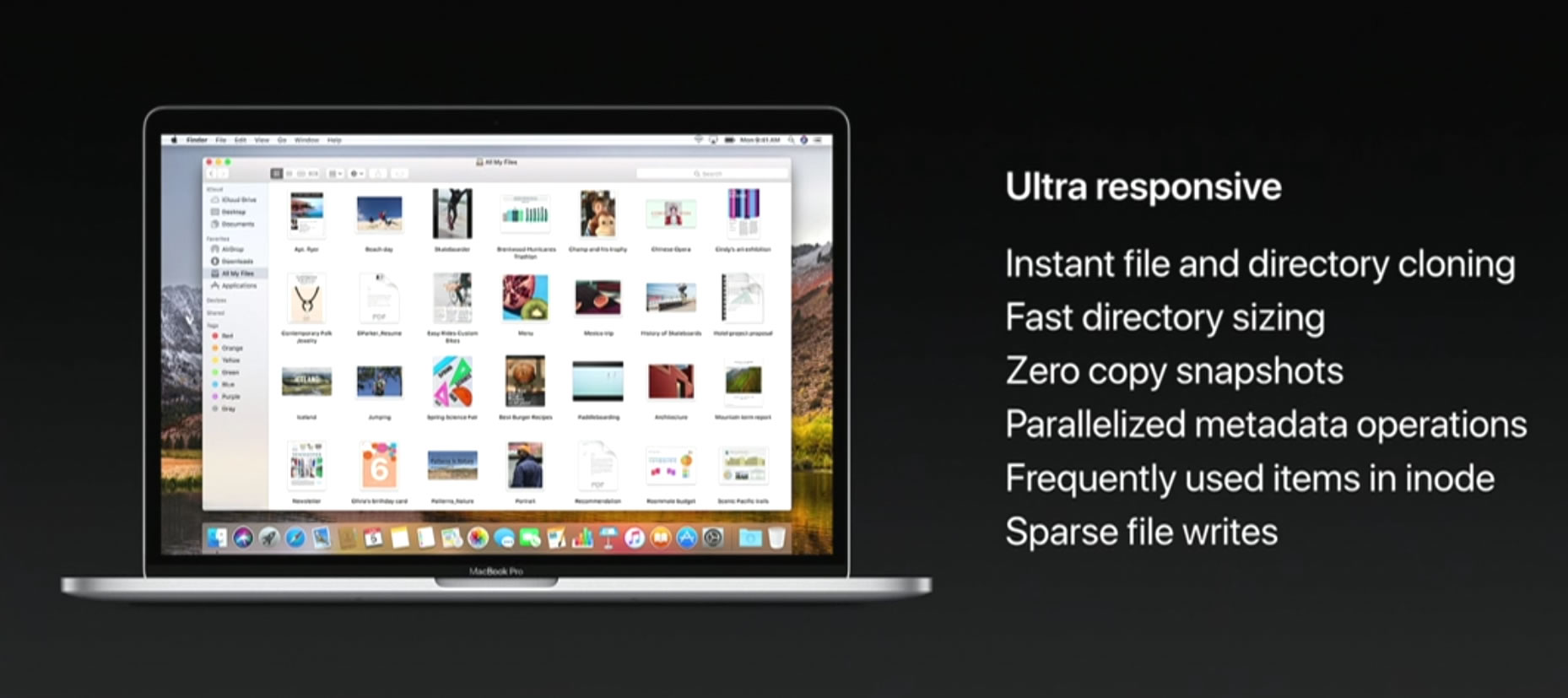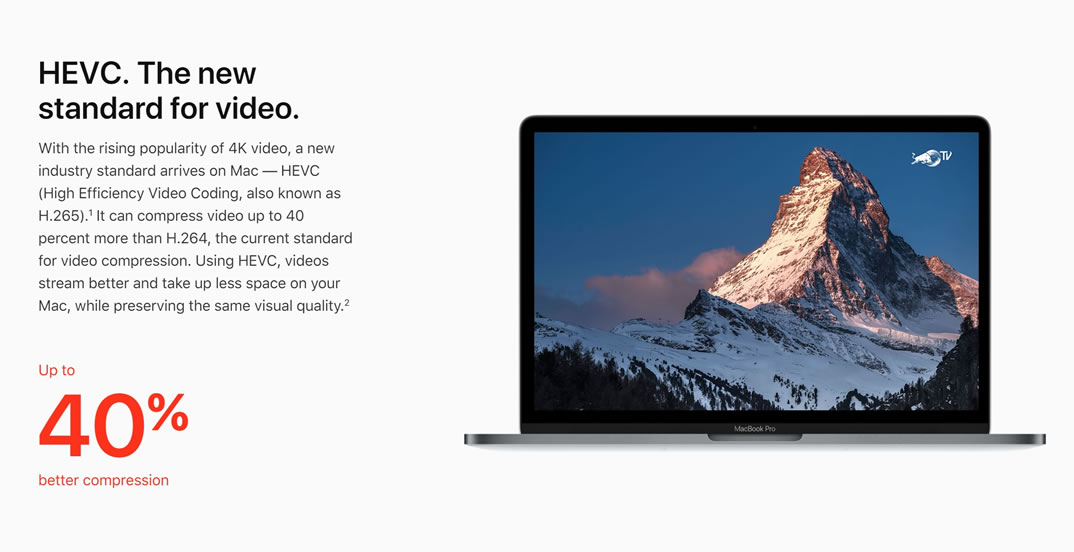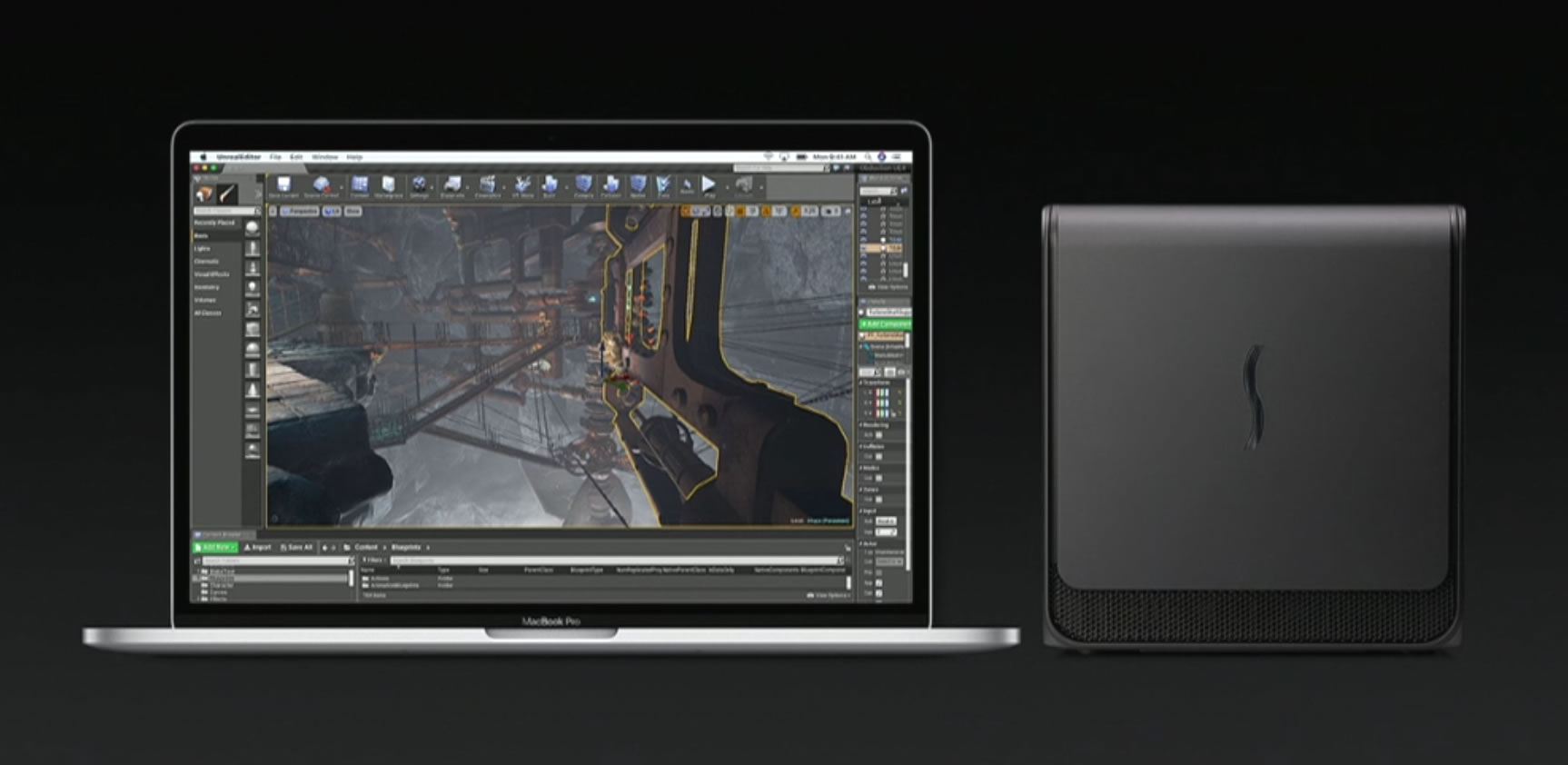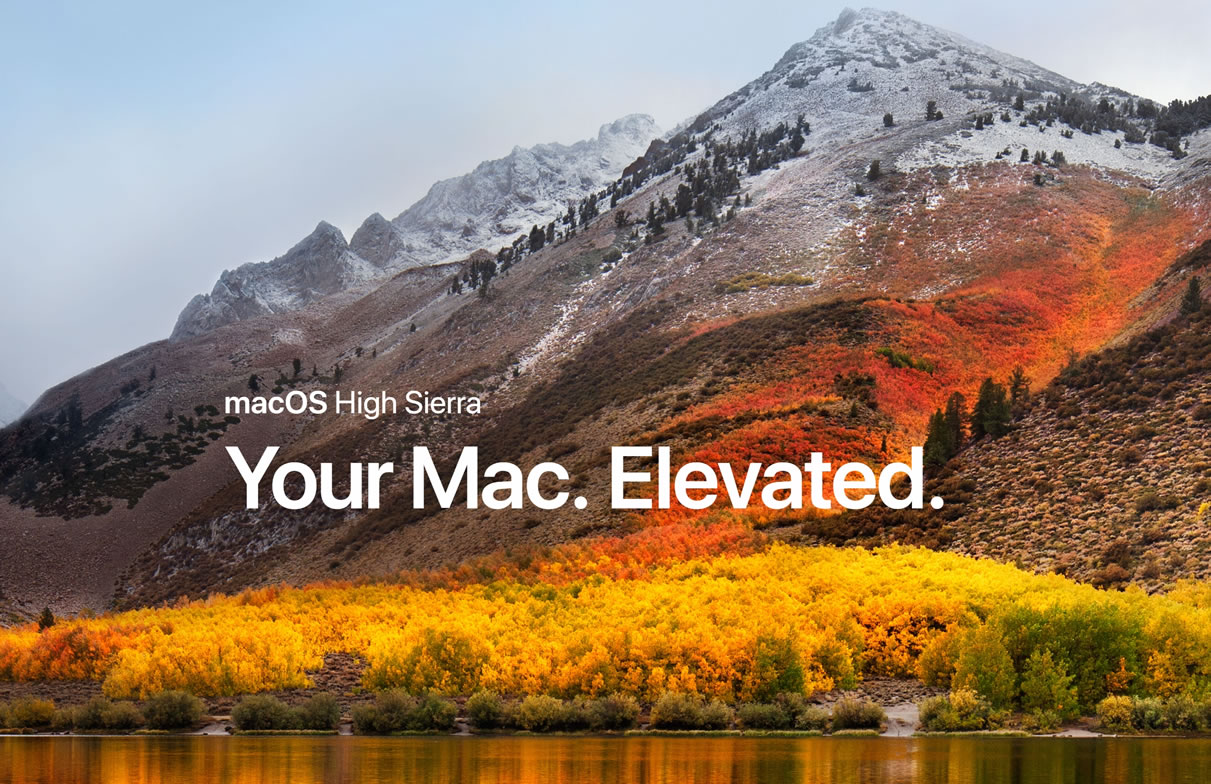Apple announced the next version of macOS at WWDC 2017 today. The new operating system, called macOS High Sierra, has several improvements over the previous iteration starting with an improved Safari browser.
While Safari is not as widely used as Chrome, it is a quick and efficient browser for Mac users that uses fewer resources and runs JavaScript up to 80% faster, according to Apple. New on the upcoming Safari revision is "autoplay blocking" for both audio and video, so you are not blasted with video that autoplays upon going to a website.
Another new feature called "Intelligent Tracking Prevention" prevents cross-site tracking. This technology will not block advertisements, but by controlling cookies and what's tracked by different websites it should prevent ads retargeting, typically associated with the behavior of ads displaying products that you may have looked at or bought on a different website.

Apple is also revamping macOS's file system for High Sierra. The old HFS file system is being replaced by the new APFS (Apple File System) that is expected to vastly improve performance. A short demonstration consisted of duplicating 7GB worth of video files. Sierra took about ten seconds, while High Sierra did so almost instantly leveraging the new file system's capabilities.

The new macOS is also optimized for the newer HEVC video standard. High Sierra will have no problem displaying on Ultra HD monitors and offers built-in hardware acceleration for the new Macs coming out, which all feature Kaby Lake CPUs.
The company also demonstrated new VR capabilities with High Sierra using Unity/Unreal technologies. Steam VR will arrive to the Mac, and Apple is touting VR creation with their Metal 2 toolkit and a new RX 580 GPU Thunderbolt 3 graphics developer kit.

macOS High Sierra's developer beta is available today with a public beta starting near the end of June. It is slated for a fall release and as always will be a free upgrade to all Macs produced after 2009.
